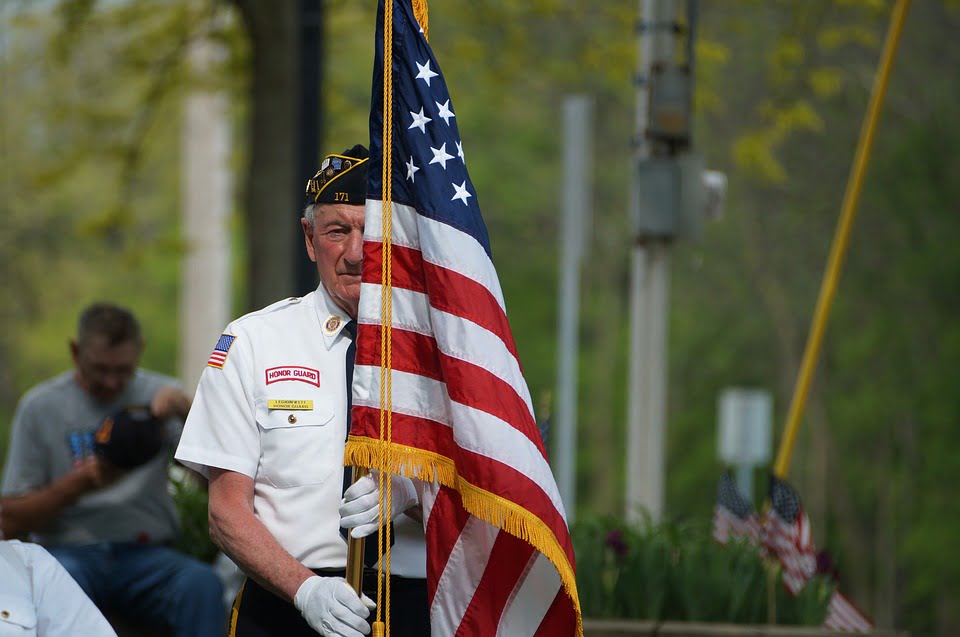

Memorial Day is seen as the unofficial start of summer: some cities throw parades to celebrate the new season, families come together, neighborhoods have barbeques, and friends pack up and go to the beach; it’s one of the few definite three-day weekends throughout the whole year. Traditionally on the last Monday of May, all flags are lowered to half mast from dawn until noon in honor of past and present military deaths. Here is a list of things you can do this weekend to honor our fallen brothers and sisters:
- Attend a memorial service (veteran groups generally plan one annually)
- Volunteer to put American flags on the graves in national cemeteries
- Watch/Listen to the National Memorial Day Concert (PBS and NPR)
- Place flowers on military graves, even if you don’t know the person
- Post photos of a relative who served and share their story
- Visit veterans’ homes or local veteran cemeteries
- Visit battlefields
In 1868, the commander-in-chief of the Union veterans’ group, General John A. Logan, moved that May 30 be a day of commemoration for the over 620,000 soldiers that were killed during the Civil War. He called it Decoration Day (it wouldn’t become Memorial Day until after World War II). It wasn’t until after World War I that the remembrance was extended to all male and female soldiers who have died during any war or military duty. With the full embrace of this day by the whole country, it was recognized as a federal holiday in 1971.
Thousands of men and women fight and die for us, they bleed and scream for us, and they win and lose for us so that we can scroll through our social media and play with our pets without fear. So for all the children who died away from home, for all the husbands and wives who died away from their children, and for all the friends and lovers who died protecting our country: let us mourn and remember the sacrifices made for our freedom.


